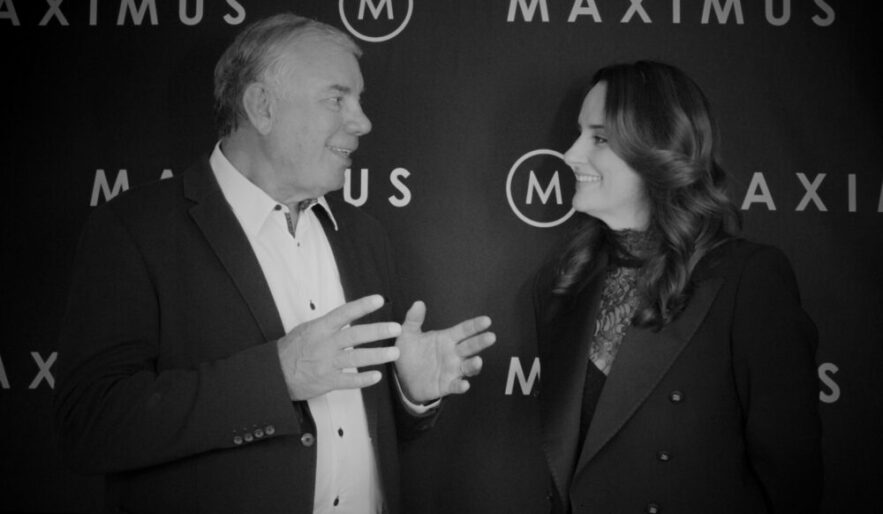The idea of change has long rested in the minds of corporate executives as the market landscape becomes increasingly complicated. The lines between industries are becoming blurred and traditional business models are almost constantly being challenged.
Take the media industry for example. The landscape is much more complex than it was just a few years ago. Media advertising organisations are finding it difficult to differentiate themselves from the competition in such a dynamic market. Just five years ago, media planners had only five stations to choose from when spending advertising dollars, whereas now there are upwards of 70. This is not only placing the sales teams of media companies under enormous pressure, but executives looking at bottom-line results.
This is an issue we are seeing across almost all industries, in a recent study by Canon 43 percent of Australia’s business leaders viewed technological advancements as the biggest change their organisation will go through in the next 10 years. Other big areas of concern were general company changes (19 percent), people changes (18 percent), and wider economic/legislative changes (18 percent).
Executives know the criticality to address and deal with change can no longer be ignored; however, knowing where to start is the part many organisations seem to be grappling with.
Here are three resources to help focus your thinking:
1. We are the future
Have you ever been overwhelmed by the term big data? Well you’re not alone. In a 2012 study, 93 percent of North American executives believe they’re losing revenue by not leveraging available data. This video is a wake-up call to business leaders worldwide. It will remind you that the needs and wants of today’s Gen Z will significantly shape the future marketplace. Originally utilised as a promotional video within the marketing industry, it highlights the concept of ‘tailored content’ in marketing, which will prove to be a critical feature for gaining the attention of Gen Z individuals. A chilling and must-watch video for marketers, sales professionals and business leaders alike.
2. Shift happens
A real eye-opener, this four-minute video is jam-packed with fascinating statistics. Did you know the top 10 jobs in 2010 didn’t exist in 2004? This video highlights the phenomenal rate of change that has taken place in the information age we live in. Whether you are an entry-level graduate or a C-suite executive, this video will encourage you to think twice about the rapid rate of change and its implications.
3. Trends and technology periodic table for the world in 2020
Don’t have time to watch a video? This periodic table covers mega-trends impacting society, technology, energy, the environment, employment, population, politics and even identity. Think oil price spikes, the rise of Africa and the scarcity of resources. An excellent one-page reference to spark your thinking around what solutions we can create now to tackle problems to come.
To secure the survival of an organisation through turbulent periods of change, it’s critical that corporate leaders embrace change by not only recognising growing trends that could impact the company, but also by prioritising and acting on them. Technological change is not always a bad thing. With it comes the opportunity for business leaders to encourage the development of new skills in the workforce, to pioneer more innovative and efficient ways of working and ultimately, to stay ahead of the competition.








